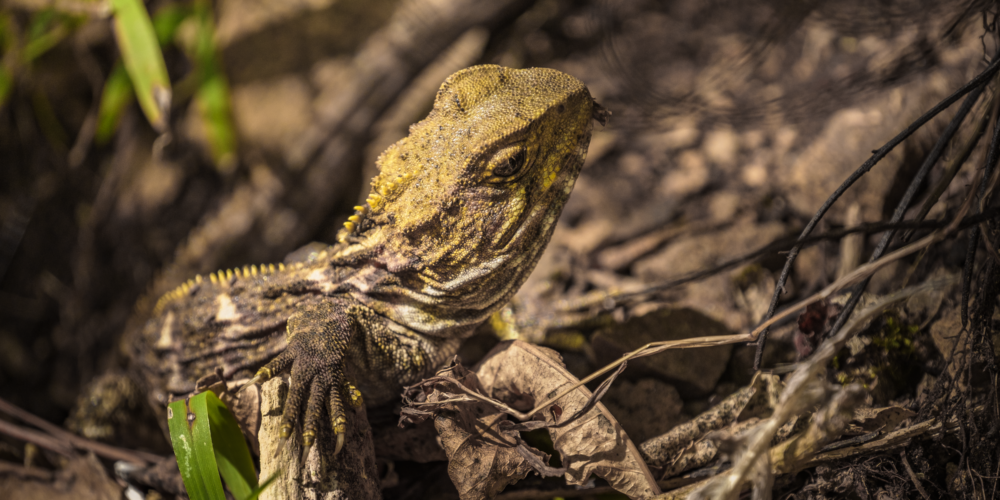The love of my paradise
Photos: Lina Marin
The paradise shelduck is New Zealand’s only shelduck, a worldwide group of large, often semi-terrestrial waterfowl that have goose-like features. Unusually for ducks, the female paradise shelduck is more eye-catching than the male; females have a pure white head and chestnut-coloured body, while males have a dark grey body and black head.
Paradise shelducks are commonly observed flying in pairs or grazing on pasture. They are very vocal birds, with males giving a characteristic ‘zonk zonk’, while females make a more shrill ‘zeek zeek’ while flying or as a warning to intruders.
Where to find them
Paradise shelducks breed only in New Zealand and are widely distributed in pasture, tussock grasslands and wetlands throughout the mainland and offshore islands. Unlike other native duck species in New Zealand, the paradise shelduck has benefited from the extensive human modification of natural landscapes throughout the country.
Paradise shelducks were uncommon and declining during the nineteenth century due to over-hunting, but they have increased throughout the country since then. Stricter regulations on hunting, the creation of numerous stock ponds, and the conversion of native forest to pasture have all helped the paradise shelduck.
Breeding
Paradise shelducks first breed in their second or third year and pairs stay together for life and return to the same nesting area year after year. They nest under logs, in holes in the ground, in haysheds and occasionally in tree holes up to 25 metres off the ground. They lay one clutch of up to 10 eggs per year in August or September.
The female incubates eggs for about one month, during which time she leaves the nest two or three times each day for about an hour at a time to get food. After the eggs hatch, the male and female share the parenting.
Ducklings are covered in brown and white down when they are born, but by the time they fledge at eight weeks, they resemble adult males. The female fledglings have white patches around their eyes and bill, which will expand to their entire head after a few months.
Quick facts
Adults don’t generally move about, but they do leave their territories and flock together each year to moult. Moulting happens from December – February. Moulting birds were important food source for early Māori. Their average life expectancy is only 2.3 years although some individuals live much longer, with the oldest recorded bird living 23 years.
Paradise shelducks feed on grass, clover, aquatic vegetation and crops of peas or grain. Because these ducks spend large amounts of time feeding on pastures, often in large groups, farmers consider them pests and occasional, legal culls take place. Generally however, hunting is controlled through bag limits and seasonal permits, which are set based on the birds’ productivity and movements in each part of the country.
Did you know?
Australia has its own shelduck species, the chestnutbreasted shelduck. This shelduck occasionally finds its way to New Zealand, where it was first recorded in 1973 at Hokitika. Small invasions occurred during the 1980s, with flocks of up to 22 birds recorded throughout the North and South Islands and our sub-Antarctic islands. Today the Australian species maintains a tenuous hold in New Zealand, with perhaps fewer than 20 birds remaining, mostly in Marlborough.
Source: Department of Conservation NZ



